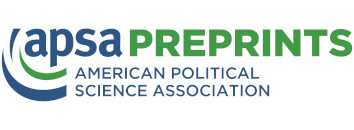Abstract
Purpose: To introduce and validate the PEACE framework as a structured, continuous improvement-based model for conflict resolution.
Design/Methodology/Approach: The article synthesizes strategic planning, DMAIC methodology, and Theory of Constraints into a five-stage framework—Planning, Evaluation, Actuation, Constraint, and Endurance/Sustainability. It applies the model to two geopolitical conflicts to demonstrate its practical relevance.
Findings: The PEACE framework enables adaptive, evidence-driven conflict resolution. Its feedback loop promotes iterative learning and strategic alignment, addressing common failure factors in peacebuilding.
Practical Implications: Applicable to international diplomacy, community mediation, and educational policy reform. Offers a replicable model for structured intervention and long-term peace sustainability.
Originality/Value: Combines quality assurance principles with conflict resolution theory. Introduces a visual metaphor and strategic roadmap for enduring peace


![Author ORCID: We display the ORCID iD icon alongside authors names on our website to acknowledge that the ORCiD has been authenticated when entered by the user. To view the users ORCiD record click the icon. [opens in a new tab]](https://preprints.apsanet.org/engage/assets/public/apsa/logo/orcid.png)




